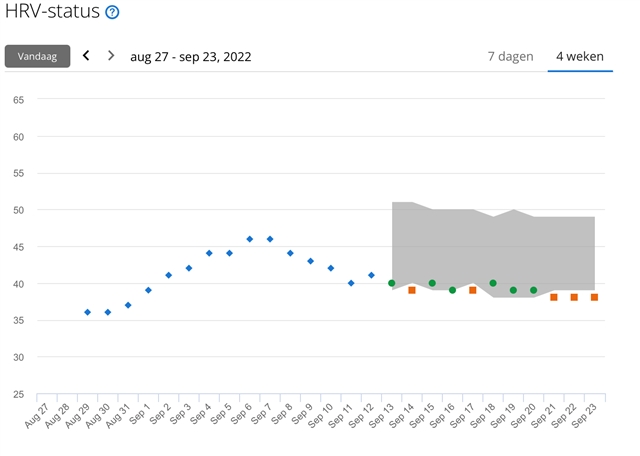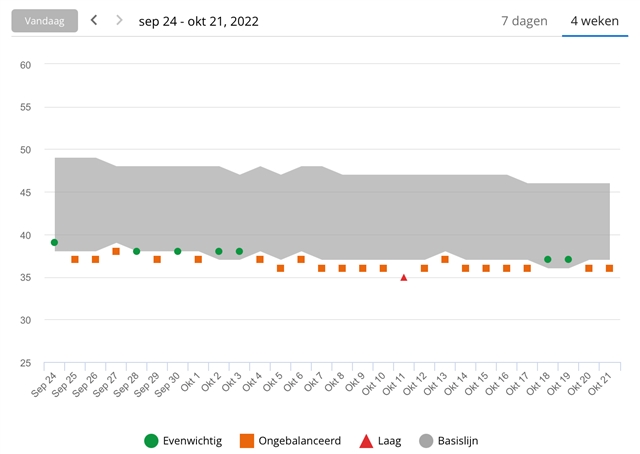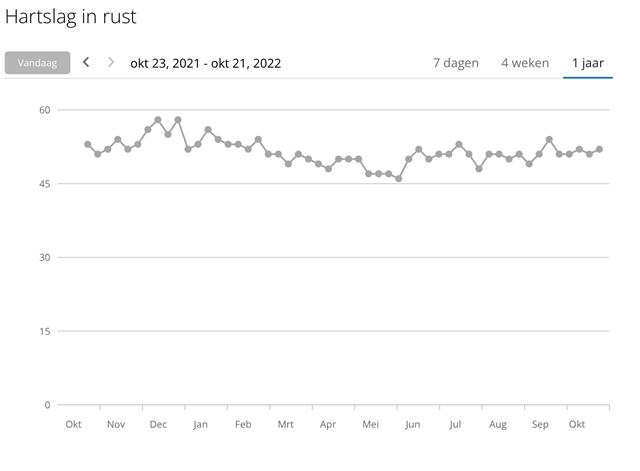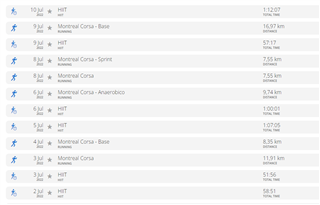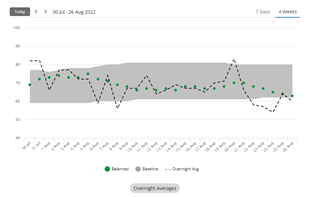HRV status "no balance" for long time for no obvious reason. Seems my HRV continues to be around 35 which Garmin algorithm thinks it's too low. I have used HRV since 29 Aug (now on fw 9.36). My HRV bandwidth is set between 37 - 47ms. My training status even sometimes goes to Overloaded (purple) as a result. I am 53 yo i have a vo2max of 44 and run 4 times a week and squash once a week while feeling very healthy. Any similar experiences? Is this algorithm also providing you with unexpected results?






